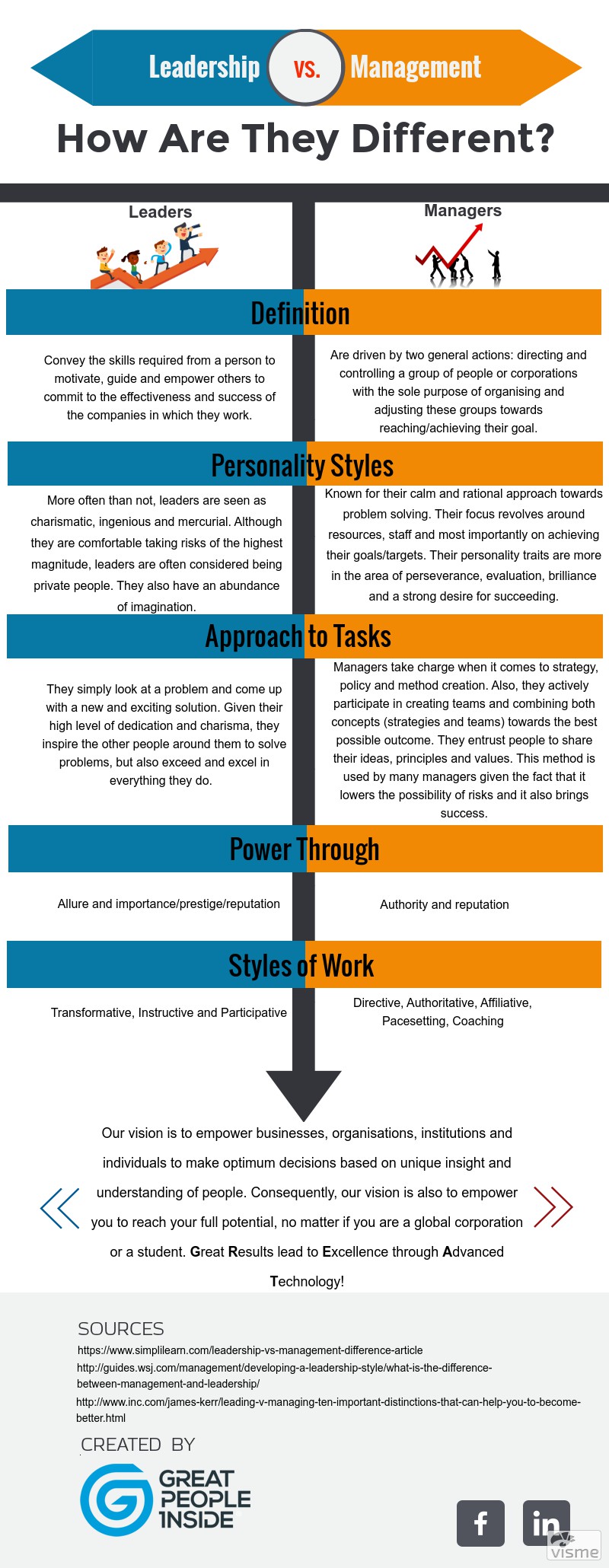Productivity vs. Efficiency – What Are the Differences?
In any given organisation, productivity and efficiency are highly regarded. Most managers and employees get their feedback based on these two factors. But what exactly do we mean when we say productivity or efficiency? Apparently there are some questions around this topic that haven’t been answered yet.
In order to explain the differences between productivity and efficiency, we must first understand what they exactly mean. To put it in simpler terms, we are talking about differences between quantity and quality. It is nearly impossible to obtain 100% quality, while having productivity levels up at maximum. There should be a middle ground in order to optimise your results.
Both productivity and efficiency are absolutely crucial for building a fantastic work ethic. If you manage to learn how to handle both of them and what makes them distinctly important, you and your business will thrive. As a beginner, you may be tempted to focus too much on efficiency and although this isn’t a bad thing to do, understanding the key variables between efficiency and productivity is imperative.
Given the complexity of this issue, insight is required on what these two factors actually are.
Productivity
At its very core, productivity shows you the rate at which products are being developed or a task is being completed. When you are measuring productivity things get a little more complex than that. You have to take into account whether it’s physical or office work, if the job requires a certain quality factor or the impact a specific industry’s requirements may have on its workers. Nonetheless, productivity is an integral part of any successful company.
Efficiency
Efficiency is all about the comparison between what is really being produced or performed with what can be produced taking into account the same amount of resources, such as: money, time and labour. In simpler terms, efficiency measures whether there is any waste in your company. Depending on the industry you work in, efficiency may be more desirable than productivity, but usually their importance is proportionate.
Efficiency vs. Productivity
Everyone wants to be as productive as possible, but there are always problems of various sorts that keep us from getting the job done. Firstly, don’t waste more time than necessary when completing a task. Try and set your own rhythm and pace and stick to it. Try and write down every step necessary in order to complete a certain task and follow that process religiously. Once you have the whole process set in stone, you will see that the amount of time you require will steadily decrease.
Many people ask if it is possible to be productive and efficient at the same time and the answer is yes. All you have to do is analyse the task at hand and try and find out what it requires more; whether it is quantity or quality.
It all comes down to the importance of the task. As an example, let’s talk about employee enquiries towards the HR department. We all know they must be dealt with in a respectable amount of time. This type of task is considered to be more on the productive side, due to the fact that it is the same process over and over again, with the same forms and documentation that need to be filled out every time. You can finish all the enquiries quickly and with complete certainty that their quality is top notch as long as you deal with them in the correct manner.
With efficiency tasks, most often than not they do not have a precise and by the book approach. These tasks obviously require more time and a high level of due diligence. In this scenario, quality trumps quantity. Of course, every task has a deadline. But if you happen to have the misfortune of dealing with it poorly, it doesn’t necessarily matter too much. You should always work at your full potential, but given the fact that the assignment doesn’t have a methodological way of dealing with it, you have some wiggle room and the possibility to improve it.
As mentioned earlier in the article, it is very important for both productivity and efficiency to be part of your workflow. It provides you with time, expertise and discipline in order to handle distinct assignments. Balancing productivity and efficiency may seem troublesome at first, but once you find it, certain tasks will stop being such a burden on you.
In conclusion, one more idea that is important to remember is this: never sacrifice your work. If you need to do good, solid work then don’t rush it by any means, and when you are looking for quantity don’t get yourself lost in too many details. With this in mind, you can accomplish anything you want. Do the work you have to do the way it was meant to be done and never compromise. It is essential you know and understand the differences between these two practices in order to ensure your work never has to suffer again.
Great People Inside provides easy-to-use tools and processes to attract, assess, match, select, onboard, manage, develop, benchmark and maintain workforces anywhere in the world.
We help you find the right talent, the best fit for the job and your organisation. It requires deep knowledge of your own organisation’s culture and keen understanding of the candidate’s personality, strengths, interests, work style and other characteristics. The GR8 Productivity Gap tool is excellent at showcasing the evolution of any given employee over time. By contrasting two assessments made before and after training, it allows you to analyse both your employees’ development and their involvement in the process as well.
Sources:
www.smallbusiness.chron.com
www.doityourself.com
www.differencebetween.info
www.selfthrive.com






